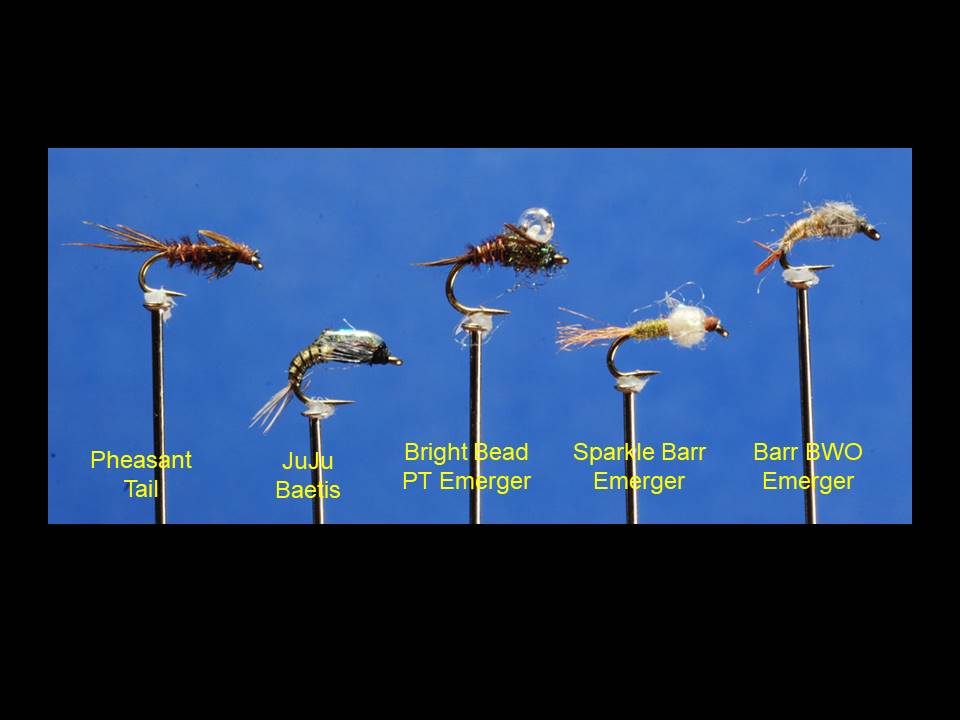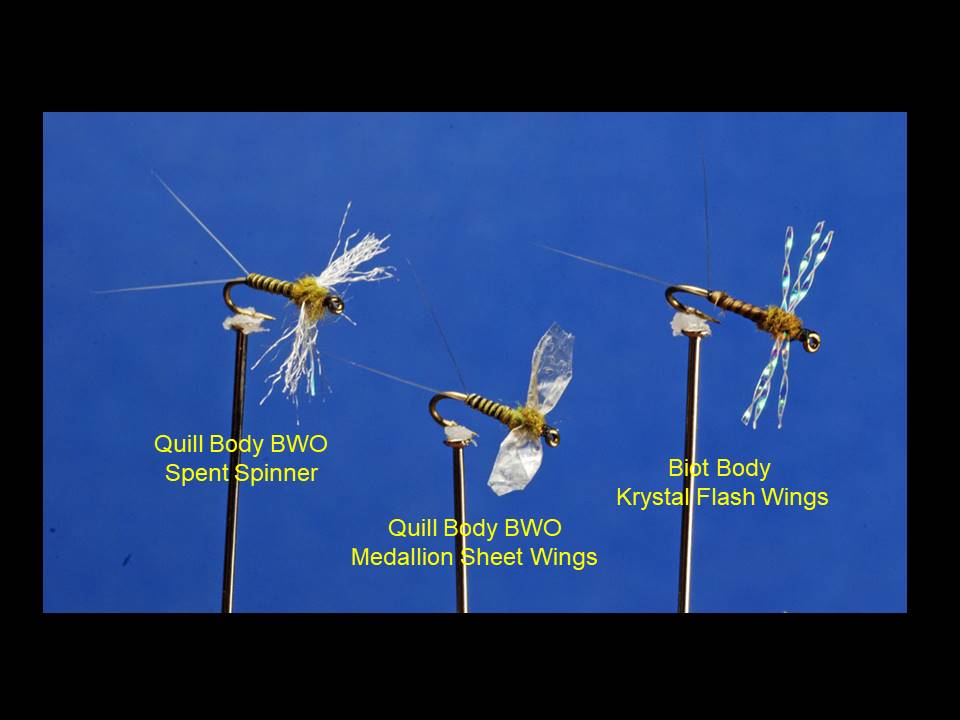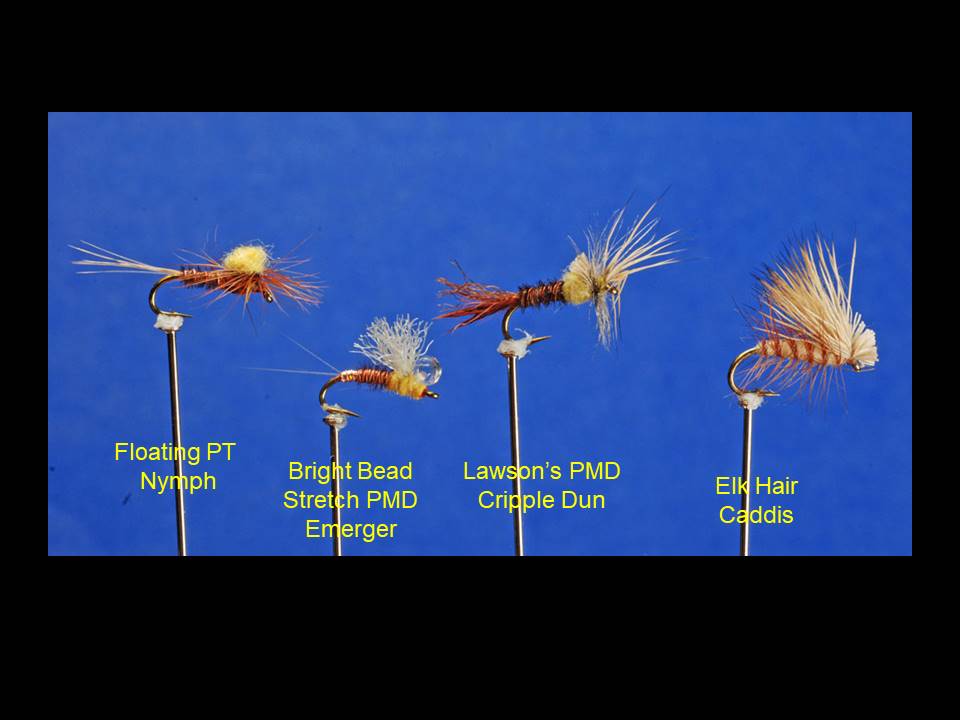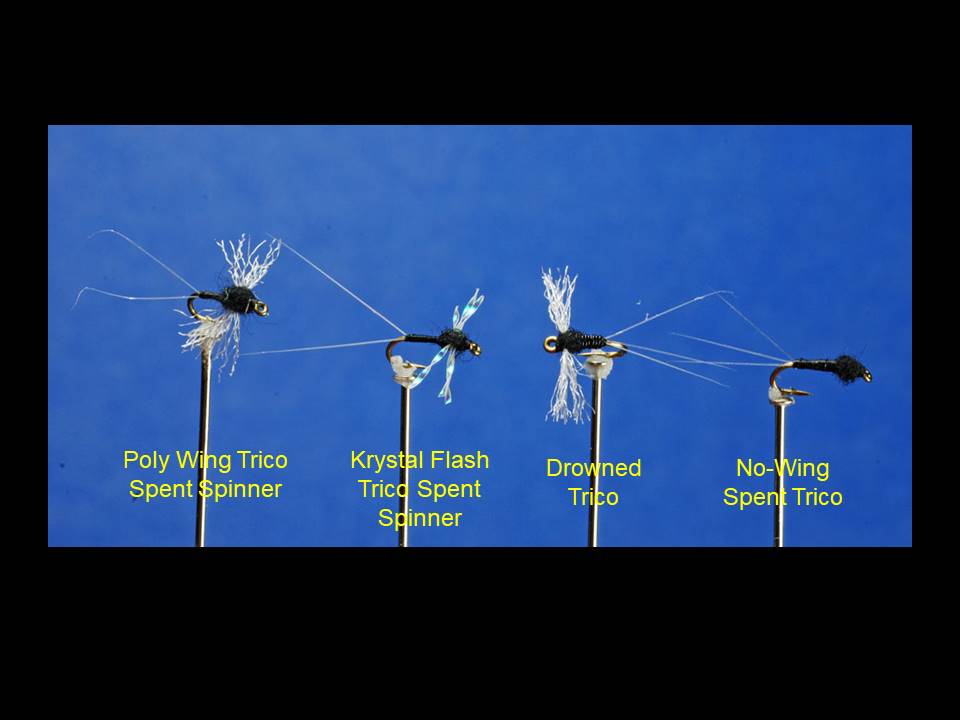LIGHTENING THE LOAD
/The contents of the nine fly boxes on the left were reduced to the two fly boxes on the right.
This summer I’ve reduced the number of flies I carry. It’s been a long time coming. There’s lots of reasons why fishermen get weighted down with a vest or pack loaded with fly boxes. I like tying flies so it’s only natural that I’d want to take them to river and try them out. But do you really need 15 copies of each fly pattern?
I guided fly fishers on the South Platte River for more than 20 years. It’s a “technical small fly fishery” meaning that the trout can be selective to fly pattern and presentation. I carried thousands flies. Somehow I saw them as protection against my clients getting skunked. Over the years I realized that I was actually fishing eight or nine go-to patterns 80 percent of the time, but I stubbornly kept carrying all the flies.
This season I whittled nine fly boxes down to two boxes. At times the process was agonizing. The first thing I did was reduce the number of copies of each fly I carried on water. I figured I needed one day’s supply of flies. I could replenish any flies I lost when I got back home. In most cases I carried three copies max. I figured if lost them all I had other patterns that might work. I also concentrated on getting consistent drag-free drifts. Fly fishers often look for the “silver bullet” fly patterns, but forget about presentation. That’s a mistake. A spot on drag-free drift will often induce a trout to take a fly that doesn’t exactly match the hatch.
I implemented the first phase of the fly reduction project on the South Platte River during the Trico hatch/spinner.
The results? I caught trout and had plenty of flies leftover at the end of the day. If I’d lost all the copies of any single pattern that the trout were key in on I would have adapted and found another fly worked. It was an awakening.
More later.












































